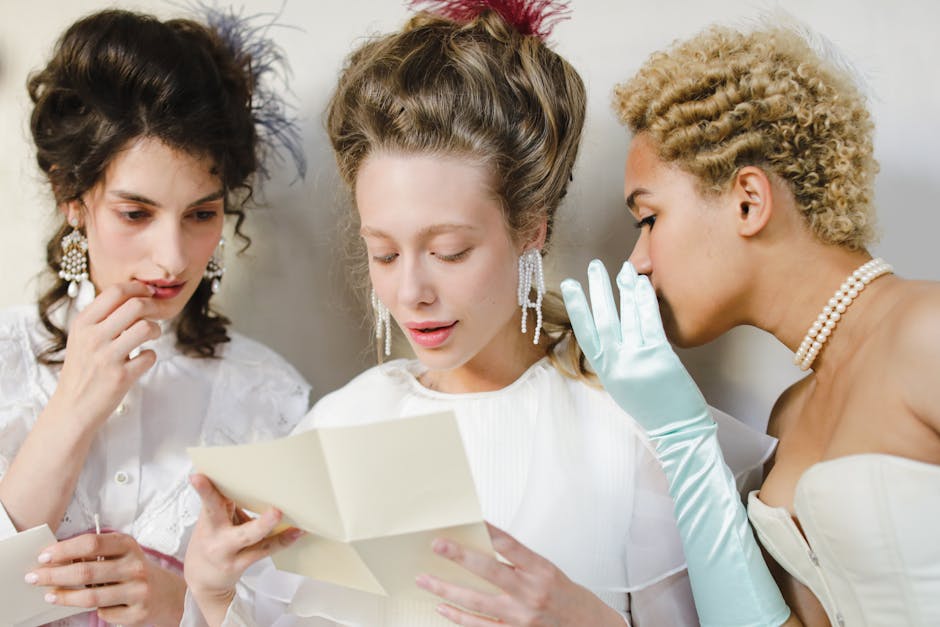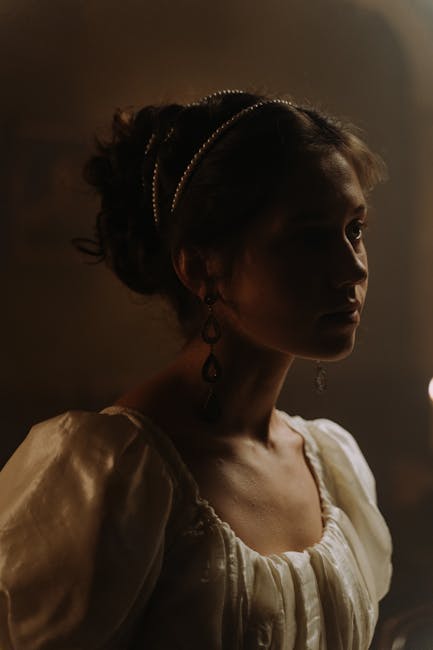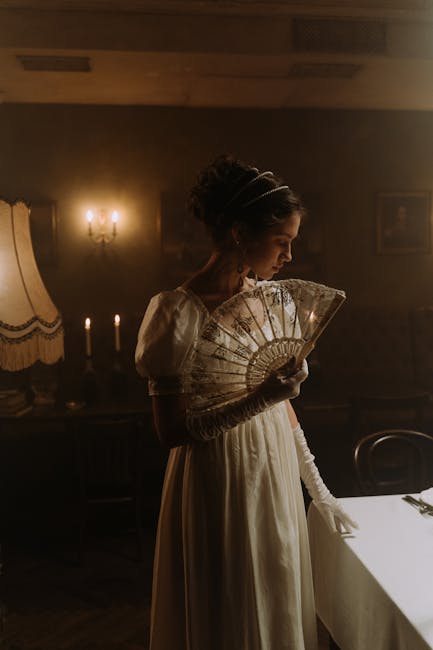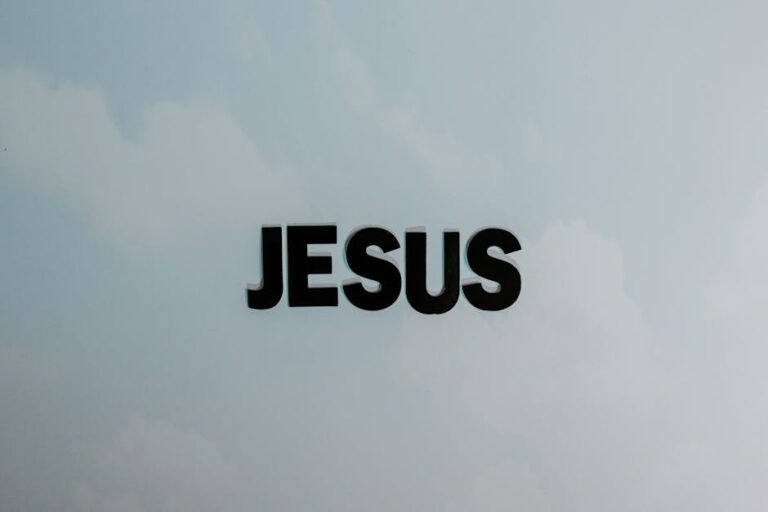Marie Antoinette Hairstyles: A Journey Through 18th-Century Hairdressing
Marie Antoinette Hairstyles: A Journey Through 18th-Century Hairdressing
Marie Antoinette, the last Queen of France before the French Revolution, remains a captivating figure, her life and legacy forever intertwined with extravagance, revolution, and, of course, her iconic hairstyles. These weren’t merely ways to keep her hair out of her face; they were elaborate statements of power, wealth, and artistic expression, reflective of the opulent Rococo period. This article delves deep into the world of Marie Antoinette’s hairstyles, exploring their evolution, the techniques involved, and the cultural significance they held.
The Evolution of Marie Antoinette’s Hairstyles
Marie Antoinette’s hairstyles evolved throughout her life, mirroring the changing fashions of the French court. In her youth, she favored simpler styles, influenced by the less elaborate trends of the early 1770s. These often featured soft curls, braids, and ribbons, showcasing a more natural look compared to the elaborate creations that would define her later years.

As she ascended the throne and gained more influence, her hairstyles became increasingly elaborate and extravagant. The late 1770s and 1780s saw the rise of the towering pouf, a monumental structure of hair, often augmented with padding, false hair, and an array of accessories. This iconic hairstyle, synonymous with Marie Antoinette, demanded considerable skill and time to create, often requiring the assistance of multiple hairdressers.
The height and complexity of these hairstyles reflected the opulence and extravagance of the French court. The more elaborate the hairstyle, the greater the display of wealth and social standing. These creations weren’t just about beauty; they were status symbols, a visual representation of the queen’s power and influence.

The Techniques and Materials
Creating Marie Antoinette’s hairstyles was a complex and time-consuming process. It wasn’t a simple matter of brushing and styling; it was a meticulous art form requiring specialized tools and techniques. The process often involved:
- Hair extensions: Real or artificial hair extensions were frequently used to achieve the desired volume and height.
- Padding and wire frames: These were used to create the underlying structure of the pouf, providing support for the voluminous curls and decorations.
- Powder: Large quantities of powdered hair were used to create texture and volume, often resulting in a pale, almost white appearance.
- Curling irons and heated tongs: These were used to create the elaborate curls and waves that were characteristic of the styles.
- Ribbons, jewels, and flowers: These and other decorative elements were used to embellish the hairstyles, adding to their overall opulence and extravagance.
The process often involved multiple hairdressers working together, sometimes for hours, to complete a single hairstyle. This highlights the significant social and economic implications of these elaborate creations; they required a substantial investment of both time and resources.
The Cultural Significance of Marie Antoinette’s Hairstyles
Marie Antoinette’s hairstyles weren’t just fashionable statements; they were deeply intertwined with the cultural and political climate of the time. The extravagant styles reflected the opulence and excess of the French aristocracy, a stark contrast to the poverty and hardship experienced by the majority of the French population. This visual representation of inequality fueled public resentment and contributed to the growing discontent that ultimately led to the French Revolution.
The hairstyles also played a role in shaping perceptions of the queen. The elaborate creations projected an image of regal power and feminine beauty, but they also became a symbol of the queen’s detachment from the concerns of her people. The high cost of maintaining these styles further fueled the perception of her as being out of touch with the realities of daily life for ordinary citizens.
Variations on the Theme: Different Hairstyles of the Era
While the towering pouf is the most iconic Marie Antoinette hairstyle, it wasn’t the only style she wore. Variations existed, reflecting changes in fashion and personal preference. Some variations included:
- Smaller, more manageable poufs: While the large pouf was a dominant trend, smaller, less extravagant versions were also worn, particularly in less formal settings.
- Braided styles: Braids were incorporated into many hairstyles, adding intricate detail and complexity to the overall design.
- Curls and waves: Loose curls and waves were often incorporated, providing a softer contrast to the structured elements of the pouf.
- Use of accessories: A wide range of accessories, including ribbons, feathers, jewels, and flowers, were used to embellish the hairstyles, adding to their overall visual impact.
These variations demonstrate the versatility of 18th-century hairdressing, showcasing the adaptability of the style to different occasions and personal preferences.
The Legacy of Marie Antoinette’s Hairstyles
Despite the tumultuous circumstances of her life and death, Marie Antoinette’s hairstyles continue to captivate and inspire. They serve as a powerful reminder of a bygone era, reflecting the artistic skill, social conventions, and political climate of 18th-century France. The styles are frequently referenced in fashion, film, and art, serving as a symbol of both extravagance and revolution.
Today, many contemporary stylists and designers draw inspiration from these historical hairstyles, adapting elements into modern creations. The iconic pouf, in its various forms, continues to appear on runways and in magazines, showcasing the enduring appeal of this remarkable style. Marie Antoinette’s hairstyles, therefore, remain a testament to the lasting impact of fashion and the enduring power of historical imagery.

Modern Interpretations of Marie Antoinette Hairstyles
The influence of Marie Antoinette’s hairstyles extends beyond simple historical reference. Modern stylists have creatively reinterpreted these iconic looks, adapting them to contemporary tastes and techniques. While a full-scale replica of the towering pouf might not be practical for everyday wear, elements of the style, such as soft curls, elaborate braids, and decorative accessories, are frequently incorporated into modern updos and bridal hairstyles.
Many bridal hairstylists, for example, draw inspiration from the elaborate curls and decorative elements of Marie Antoinette’s hairstyles, creating unique and elegant looks for modern brides. The use of carefully placed curls, delicate braids, and decorative headpieces evokes the spirit of the era without requiring the extensive structure and time commitment of the original styles. Similarly, many contemporary stylists incorporate elements of the powdered hairstyles into modern looks, using techniques that mimic the texture and volume without the use of excessive powder.
This adaptation showcases the enduring versatility of these historical styles, demonstrating their capacity to inspire and inform contemporary fashion and beauty trends. The elegance and artistry inherent in the original creations continue to resonate with modern audiences, highlighting the timelessness of well-crafted hairdressing.




